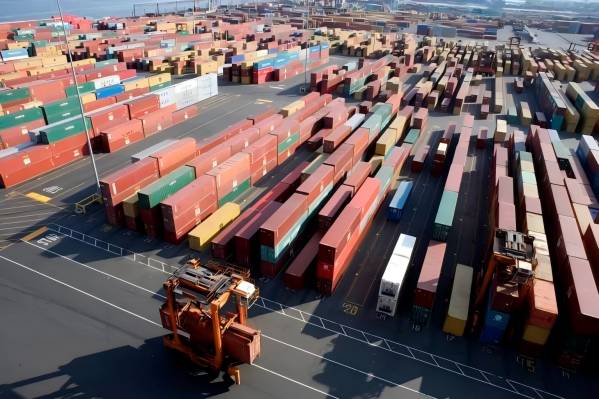Risk of strike rises in eastern US and Gulf ports. Nearly 300 ILA delegates have decided to strike on October 1 if a new agreement with USMX is not reached by September 30. Shippers were concerned and National Retail Federation called on Biden to intervene. The strike will affect North n supply chains, particularly ports on the east coast and the Gulf of Mexico, causing transport delays, rising costs and affecting international trade flows. Supply chain data predicts that the strike will affect 20,000 TEU per day and that the recovery time will increase significantly as the strike extends
On September 5th the risk of a strike in ports on the eastern US and Gulf Coast increased markedly. At the ILA conference in North Bergen, New Jersey, nearly 300 delegates unanimously responded to President Harold Daggett's call, it was decided that if Ila and the United States Maritime Federation (USMX) failed to reach a new labor agreement based on the old one, which expired on September 30, the strike would be called at 12:01 a.m. on October 1.

Daggett stressed: “If we do not sign a new contract in three weeks and four days to replace the Old Testament which is about to expire, we will suffer a great loss.”. We must be fully prepared for strike action on October 1 if necessary,” he added, at the heart of the issues facing the unions are issues such as fees for the use of containers, working conditions during the pandemic, health care and inadequate port automation, which have led to a stalemate in the talks.
USMX then issued a statement reaffirming its commitment to resume negotiations with ILA before the agreement expires and to avoid a strike. The group said its proposal already covered wage increases, health insurance maintenance and non-automation commitments, while noting ILA's continuing strike signal and calling for renewed dialogue and shared contract requirements, with a view to continuing the successful tradition of cooperation between the two sides in the past 50 years.
As the stand-off continued, the shipper community grew more anxious. The National Retail Federation's chairman, Matthew Shea, called on President Joe Biden to step in and support both sides in returning to the negotiating table to avoid a strike during the peak transport season that would hit retailers, consumers and the economy as a whole.
Mia Ginter, director of North n oceanography at third-party logistics firm CH Robinson, said a strike would have a profound impact on supply chains along North 's East Coast and the Gulf Coast, these include five of North 's 10 busiest ports.

It stressed that the move would have a knock-on effect, resulting in longer transport times and higher costs, including higher congestion, detention and demurrage charges, particularly for shipments from Europe, Oceania and Asia, and then disrupt the United States, Canada, Mexico, the three countries of freight circulation.
Sea Intelligence, a supply-chain data firm, estimates that the strike will render about 20,000 teus a day unloadable, and that the longer the strike lasts, the more time it will take to resume normal operations. Specifically, if the strike lasts one day, it will take six days to clear the backlog; if it lasts one week, it may be extended to mid-november; if it lasts two weeks, it may be delayed until early 2025 to fully resume operations.
Article Source: Maritime Network